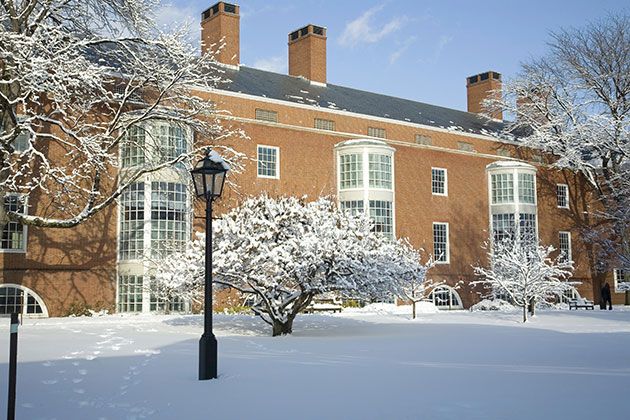Gaurav Sharma (University of Rochester, USA)
Lecture Date: March 16, 2020
Chapter: France
Chapter Chair: William Puech
Topics: "Imaging Arithmetic..." and "Turbo-decoding and
belief propagation in bioinformatics"

Lecture Date: March 16, 2020
Chapter: France
Chapter Chair: William Puech
Topics: "Imaging Arithmetic..." and "Turbo-decoding and
belief propagation in bioinformatics"

Lecture Date: April 3, 2020
Chapter: Atlanta
Chapter Chair: Alessio Medda
Topic: Privacy-Preserving Localization and Recognition of Human Activities

Submission Deadline: April 7, 2020
Call for Proposals Document

September 21-24, 2020
NOTE: Location changed to--Virtual Conference

Manuscript Due: September 5, 2020
Publication Date: June 2021
CFP Document

Lecture Date: March 2, 2020
Chapter: Columbus
Chapter Chair: Kiryung Lee
Topic: Opinion Dynamics Models in Social Networks:
polarization and the influence of zealots
This work addresses the problem of learning sparse representations of tensor data using structured dictionary learning. It proposes learning a mixture of separable dictionaries to better capture the structure of tensor data by generalizing the separable dictionary learning model. Two different approaches for learning mixture of separable dictionaries are explored and sufficient conditions for local identifiability of the underlying dictionary are derived in each case.
We study conditions that allow accurate graphical model selection from non-stationary data. The observed data is modelled as a vector-valued zero-mean Gaussian random process whose samples are uncorrelated but have different covariance matrices. This model contains as special cases the standard setting of i.i.d. samples as well as the case of samples forming a stationary time series.
Signal sampling and reconstruction is a fundamental engineering task at the heart of signal processing. The celebrated Shannon-Nyquist theorem guarantees perfect signal reconstruction from uniform samples, obtained at a rate twice the maximum frequency present in the signal. Unfortunately a large number of signals of interest are far from being band-limited.
The paper considers sparse array design for receive beamforming achieving maximum signal-to-interference plus noise ratio (MaxSINR) for both single point source and multiple point sources, operating in an interference active environment. Unlike existing sparse design methods which either deal with structured environment-independent or non-structured environment-dependent arrays, our method is a hybrid approach and seeks a full augumentable array that optimizes beamformer performance.